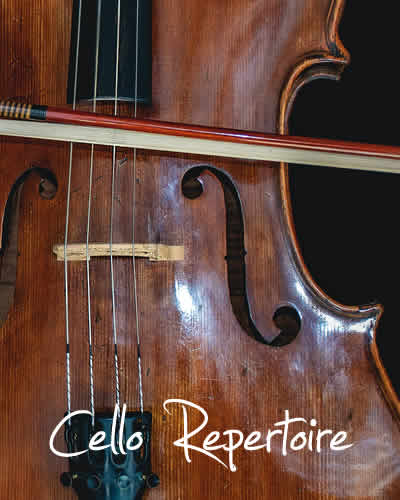

He creates the sonorities and percussive timbre, for example, by the battuto bowing, sul ponticello and pizzicati, extending and combining these techniques in a distinctly new way. eschewing non-instrumental means for sound production employed by some of the composers of his time. Except for the innovative scordatura method, Xenakis employs the cello in a conventional manner, i.e. With Nomos alpha he ‘invented’ a ‘new’ instrument, ‘reconceptualised from the ground up’, which, however, contains the ‘memory’ of the traditional cello in its physical shape and attributes with traces of identifiable cello sound and the player’s gestures. Xenakis had a fresh perspective on the instruments – their sonorities and potential for colours and textures. For the performer, the discovery and the process of mastering the work marks the beginning of a re-evaluation not only of the particular cello techniques involved in the piece, but, in many ways, the fundamental questions of interpretation and performance. Nomos alpha by Xenakis is one of the most significant late twentieth-century compositions that embody this predication.
#CELLO REPERTOIRE AND TECHNIQUE PRO#
73) with contemporary studies compiled and edited by Siegfried Palm, Pro musica nova: Studien zum Spielen neuer Musik: für Violoncello and the set of Ten Preludes by Sofia Gubaidulina, the article explores the interactions, interrelationships and interdependencies that exist in the superficially different approaches to cello technique. By juxtaposing the orthodox cello method by David Popper (Hohe Schule des Violoncello-Spiels Op. I argue that the extended and ‘extreme’ techniques employed by Xenakis to convey the sound architecture of Nomos alpha must be viewed as a part of a global perspective on the traditions of cello playing. Focusing on Nomos alpha by Iannis Xenakis – one of the most complex works for solo cello of the twentieth century – the article investigates the dynamics of these interactions and how the traditions established in the course of the nineteenth and twentieth centuries might support the expanding domain of new techniques and approaches to the cello.

Within the broad area of ‘technique’, I believe that traditional and contemporary technical styles can evolve through a fluid process of interactions – a ‘dialogue’ that is enlivened by tensions, transitional turns and mycelial exchanges.

This article seeks to elucidate this notion, highlighting the inherent continuity between the development of the cello’s technical and expressive capacities.
#CELLO REPERTOIRE AND TECHNIQUE SERIES#
With an expansive representation of musical styles from all eras, this series addresses the need for a single collection of quality educational materials to foster musical development and instill appreciation of the richness and diversity of music written for cello.In my performance practice and pedagogy, I approach the inter-related elements of playing the cello – technique, interpretation and performance – as a single integrated domain. This inaugural edition of the Cello Series offers a sound and progressive collection of Repertoire, Compact Discs, Etudes, Technique and Orchestral Excerpts for the aspiring cellist. Each technical exercise builds on skills from the previous level, encouraging the steady development of agility, accuracy, and intonation. RCM Grade: 1S, 2S, 3S, 4S, 5S, 6S, 7S, 8S, 9S, TSĬello Technique published by Frederick Harris Music Co.īy The Royal Conservatory Music Development ProgramĪ carefully sequenced compilation of scales and arpeggios supports students in the technical demands of the corresponding Level's repertoire from Preparatory through Level 10 in one complete volume.Sub Category: Cello Methods, Studies, Scales & Excerpts.


 0 kommentar(er)
0 kommentar(er)
